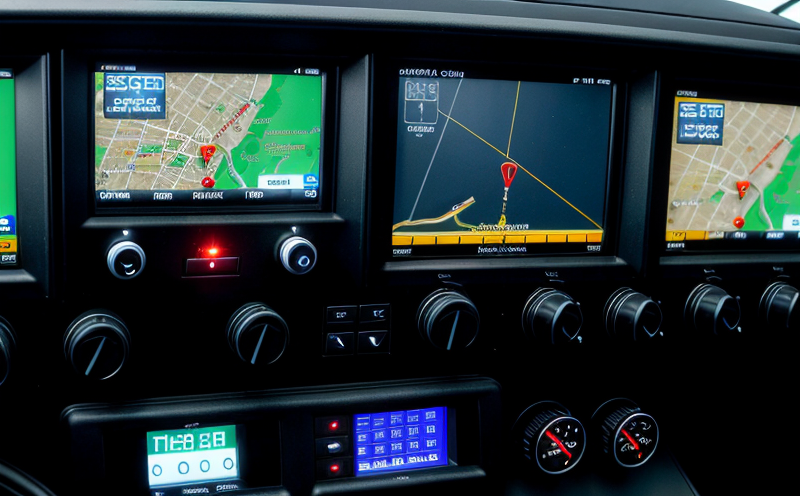ISO 19010 Luminous Intensity Testing of Navigation Lights
The International Standard ISO 19010 sets out requirements and guidelines for the testing, marking, and certification of luminaires intended for use in navigation systems. This standard ensures that all lighting fixtures comply with the necessary optical performance criteria to enhance safety at sea.
For marine and ship equipment, particularly navigation lights, ensuring compliance with ISO 19010 is crucial. These lights play a critical role in maritime safety by providing essential information to other vessels, aircraft, and shore-based facilities. The primary purpose of this service is to measure the luminous intensity of these navigation lights according to the specified standards.
The process involves several key steps: first, the specimen (navigation light) must be prepared for testing in accordance with the standard’s requirements. This includes ensuring that the light source is stable and free from any defects that could affect its performance during the test. Once prepared, the light is mounted on a suitable stand where it can be accurately measured.
The testing apparatus used typically includes an integrating sphere equipped with photometric sensors capable of measuring the emitted luminous intensity across various angles. The measurement process involves illuminating the specimen and recording the intensity at different points within its angular field. This data is then analyzed to ensure that it meets the specified limits outlined in ISO 19010.
One critical aspect of this service is understanding how non-compliance can lead to significant risks on waterways. For instance, inadequate or inconsistent luminous intensity could result in reduced visibility, leading to potential collisions between vessels. Compliance with these standards minimizes such hazards and enhances overall maritime safety.
The implications go beyond just immediate safety; they also affect the broader market by setting a benchmark for quality and reliability. Manufacturers who adhere to these standards not only meet regulatory requirements but also gain credibility among buyers and stakeholders. This service ensures that every light produced is tested rigorously, thereby maintaining high standards across the industry.
Customer Impact and Satisfaction
- Enhanced Safety: Compliance with ISO 19010 guarantees that navigation lights perform as expected under all conditions, reducing risks of accidents at sea.
- Regulatory Compliance: Ensures that manufacturers and suppliers meet international standards, simplifying the regulatory process for both parties.
Competitive Advantage and Market Impact
- Market Differentiation: Adherence to ISO 19010 can set a brand apart from competitors by ensuring superior product quality.
- Customer Trust: By providing reliable, compliant products, companies build strong relationships with their clients and stakeholders.





